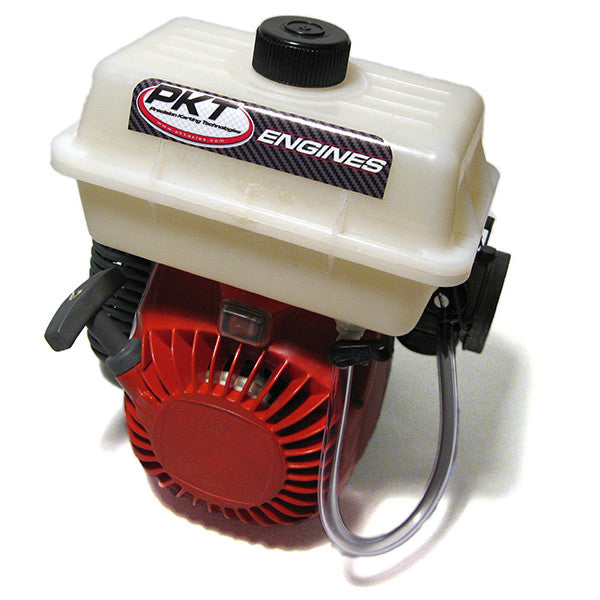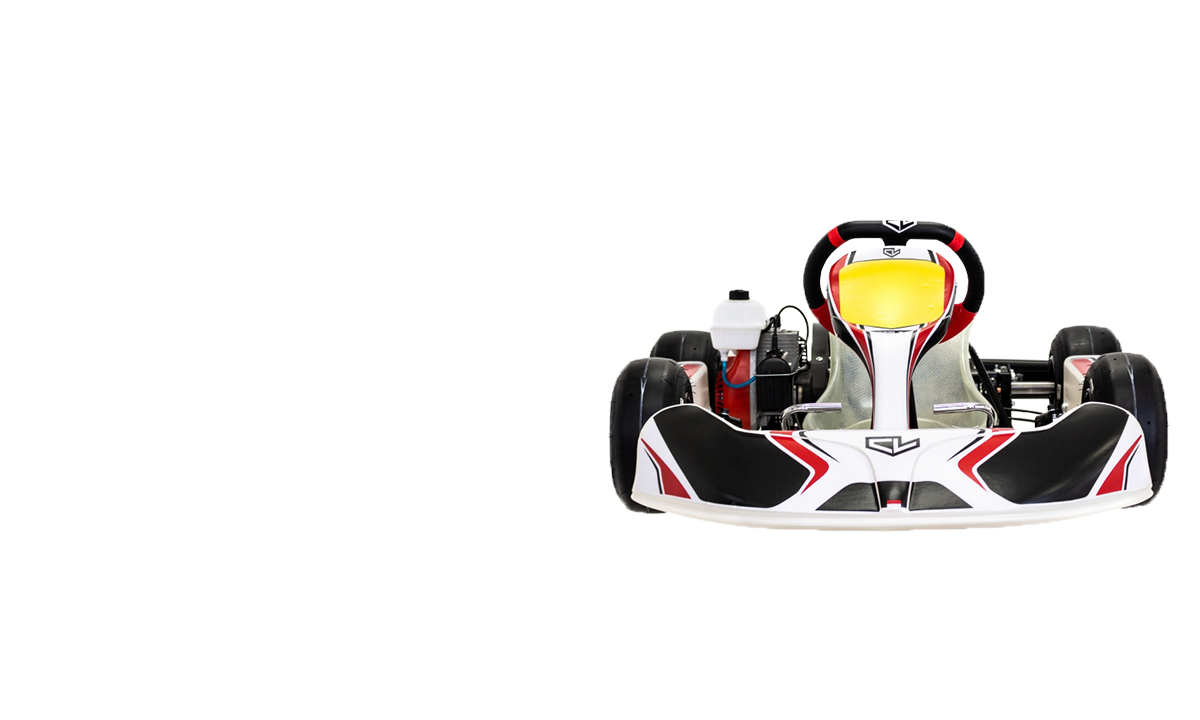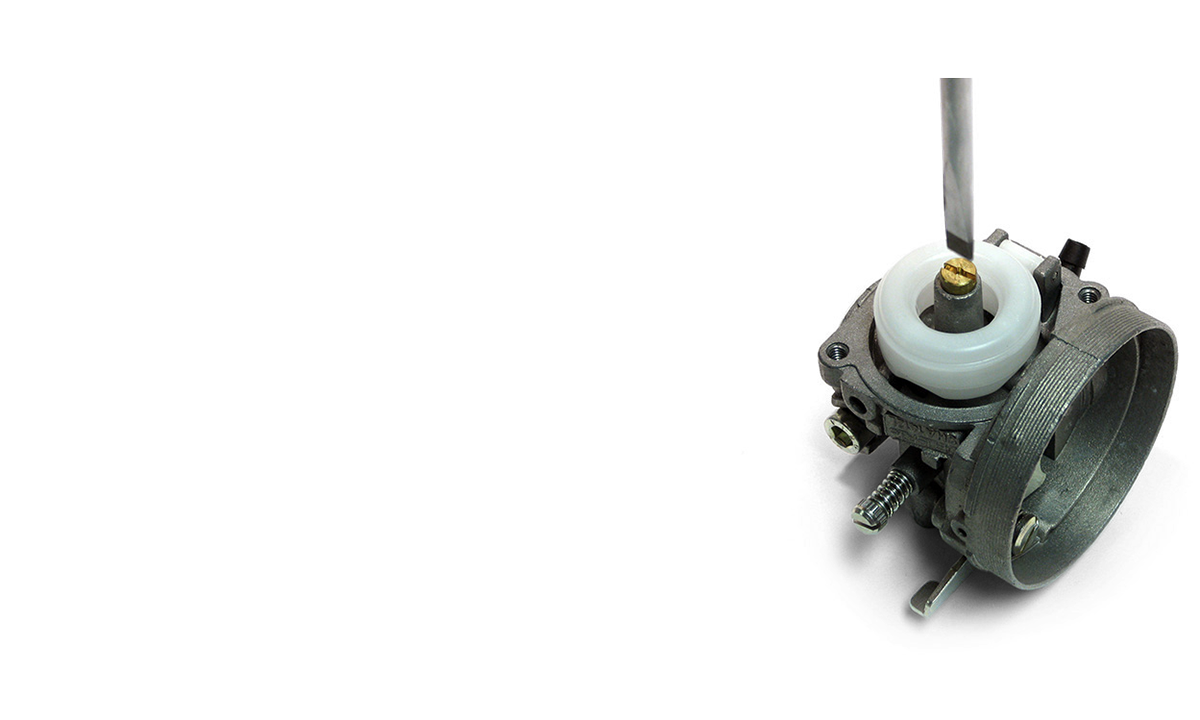kid karters

the great sport of karting
Intro
Whether it's dad or the little one that has a love for anything with wheels, go karting can be the sport that brings your family together. Every family member has an opportunity to participate if they choose.
While the kids get to be the drivers, there are plenty of pit crew duties to go around. Tuning the kart, inspecting the safety gear, making sure the driver gets to the grid on time as well as insuring they are fed, hydrated and rested, are all important to success at the track. As a family sport, you will encounter many teachable moments. Some will come with happy endings and some will not, but the life lessons you will share as a family and the memories you will create will last a lifetime.


